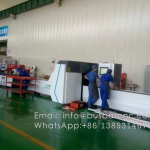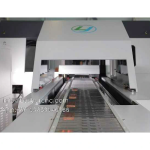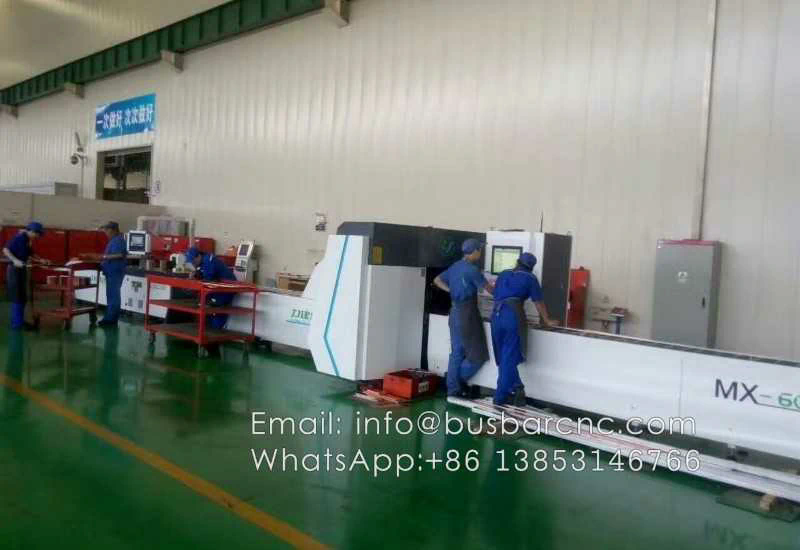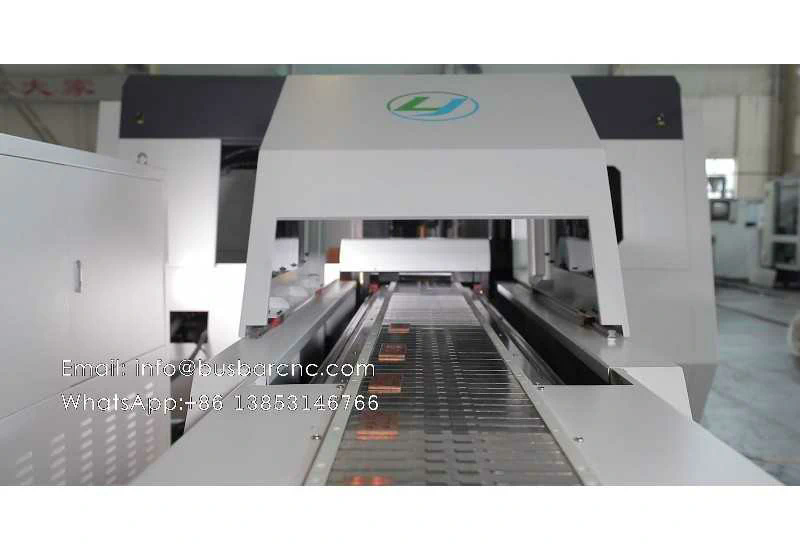In-depth understanding of the operating principles and characteristics of CNC lathes
Introduction
CNC lathes, also known as computer numerical control lathes, are advanced machine tools that are widely used in the manufacturing industry. They have revolutionized the way parts and components are produced, offering high precision, efficiency, and versatility. In order to fully utilize the capabilities of CNC lathes, it is essential to have an in-depth understanding of their operating principles and characteristics.
Operating Principles
CNC lathes function based on the principles of computer control and automated machining. The core component of a CNC lathe is the computer control system, which interprets the instructions programmed by the operator and converts them into precise movements of the cutting tool. These movements are achieved through the coordinated motion of various axes, including the X-axis, Z-axis, and C-axis, each responsible for specific types of movement.
The X-axis is responsible for the longitudinal movement of the cutting tool, while the Z-axis controls the radial movement. The C-axis, on the other hand, is typically used for rotating the workpiece or the tool turret, allowing for complex machining operations. By controlling these axes with high precision, CNC lathes can produce intricate and accurate parts.
Characteristics
CNC lathes possess several key characteristics that set them apart from conventional lathes. One of the most significant advantages is their ability to perform complex and precise machining operations with minimal human intervention. Once the program is set up and verified, the CNC lathe can run continuously, producing consistent results. This improves productivity and reduces the risk of errors caused by manual operation.
Another notable characteristic of CNC lathes is their versatility. These machines can be programmed to perform a wide range of operations, such as turning, facing, drilling, threading, and grooving. This flexibility allows manufacturers to produce parts with complex geometries and tight tolerances, meeting the demands of various industries.
Furthermore, CNC lathes offer improved efficiency and cost-effectiveness. The automated nature of these machines eliminates the need for manual adjustments and reduces setup time. Additionally, CNC lathes can be equipped with automatic tool changers and bar feeders, further enhancing productivity and reducing operator workload.
In conclusion, an in-depth understanding of the operating principles and characteristics of CNC lathes is crucial for maximizing their potential in the manufacturing industry. By harnessing the power of computer control and automated machining, CNC lathes can deliver precise, efficient, and versatile performance, enabling manufacturers to meet the demands of modern production requirements.
.webp)










